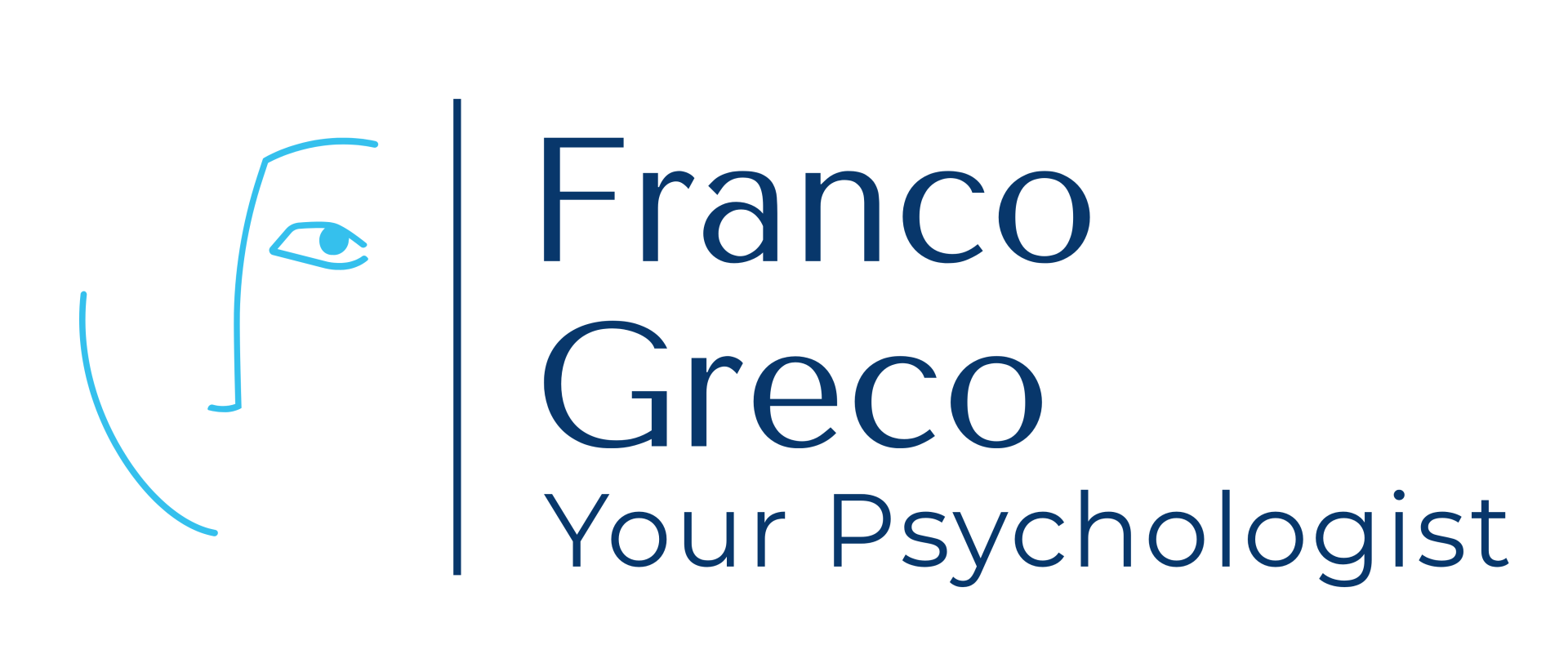Schema Modes - How We Act, Think & Feel When Schemas Are Activated
When schemas are activated, intense states occur these are called 'schema modes'. Schema Modes are defined as the current emotional, cognitive, behabioural and neurobiological states that a person experiences. They reflect aspects of self that are not entirely integrated. These schema modes most frequently one or more schemas are activated. There are four basic categories of schema modes:
- Child Modes - thinking, feeling and behaviour is like a child when a core need(s) is not adequately met.
- Critic or Parent Modes - the internalised ciritcal voice of an attachment figure (such as parents, teachers and peers) during childhood and adolescence.
- Maladaptive Coping Modes - overused defense mechnaisms or survival-based coping styles as fight (Overcompensating), flight (Avoidance) or freeze (Surrender).
- Healthy Modes - thinking, feeling and behaviour is healthy as core needs are being met in an adaptive manner. The goal in shema therapy is to to decrease maladaptive coping modes and strengthen the Healthy Coping modes.
The Table below lists the main Schema Modes I see in my practice. They can help you label and identify the way you feel, thonk and act when your schemas are activated.
| Modes | Specific Modes |
|---|---|
| Child Modes | Vulnerable Child |
| Angry Child | |
| Impulsive Child | |
| Undisciplined Child | |
| Critic or Parent Modes | Punitive Critic |
| Demanding Critic | |
| Maladaptive Coping Modes | Overcompensating |
| Avoidant Protector | |
| Compliant Surrenderer | |
| Healthy Modes | Happy Child |
| Healthy Adult |
Contact Information
0482 092 406
hello@yourpsychologist.net.au
hello@yourpsychologist.net.au
Consultation Hours
Wednesday: 9am - 9pm
Thursday: 8am - 6pm
Friday: 8am - 6pm
